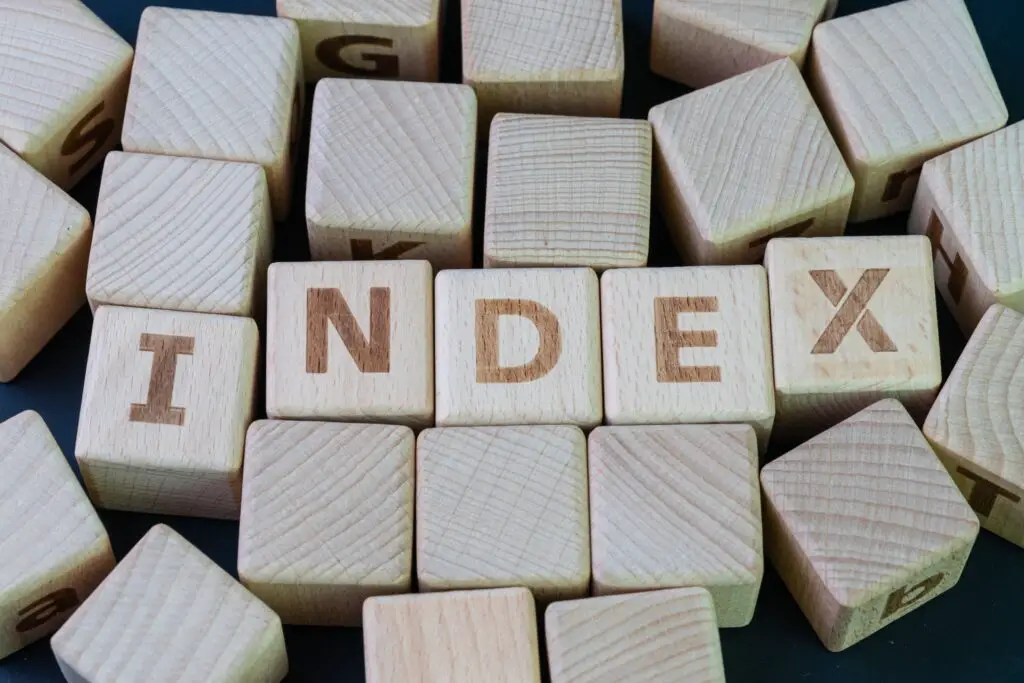
New investors often wonder how they should start investing. The common answer is to invest in index funds. It can be rather boring for some and they may want to play a slightly more active role. So then another question arises. What percentage of the portfolio should be in index funds?
An equally weighted five index fund portfolio consisting of: Large cap, mid cap, small cap, international, and bond ETFs is sufficiently diversified. Swapping out a small cap ETF for individual stocks means that 80% of your portfolio should be allocated to index funds.
The reasoning behind investing in individual stocks instead of small capitalization index funds is because of market cap and index fund overlap. Many of the stocks in small cap funds may also exist in mid cap funds, or are incorrectly categorized.
The Five Fund Portfolio and Passive Investing
The five fund portfolio is the answer I give to friends and family who ask how they should invest. It’s a little more advanced than a single fund portfolio and gets sufficient diversification.
The problem is there is a built in illusion of diversification in the small cap space that you can’t get unless you invest in individual stocks.
For younger more eager to learn investors, this is where you have an opportunity to beat the market.
Funds and ETFs often get so large and popular that the amount of capital they have to invest makes it impossible to invest in true small cap companies.
Not to mention with larger expense ratio’s your not even getting what you pay for.
Index Fund Overlap Dictates Your Index Fund Percentage
Large index funds have too much money, an interesting problem to have I know, but it makes true diversification impossible for index fund investors with 100% of their portfolio in index funds.

Upon investigation I’ve found many stocks that exist in small cap index funds actually are not even below 2 billion in value. Which is the maximum value a stock should be to be considered a small cap.
By taking a look at iShares Core S&P Small-cap ETF we can investigate whether we are getting what we are paying for.
100% of the first 10 stocks with the largest weight are above 2 billion which is considered a mid-cap stock. These include:
- Agree Realty Corporation
- Ufp Industries
- ExlService Holdings
- Lantheus Holdings
- AMN Healthcare Services, Inc
- Exponent, Inc.
- Rogers Corporation
- SM Energy
- Helmerich & Payne, Inc.
- Ensign Group, Inc.
Out of a portfolio of 680 holdings it’s likely that many of them are considered mid-cap and thus not sufficiently diversified towards small capitalization stocks especially the lower end of the 300M-2B small cap spectrum.
Portfolio Risk and Individual Stock Picking
One of the hardest parts about investing in individual stocks is the time commitment.
In order to invest sufficiently to reduce your individual stock pick risk you will need around 20 stocks. This can take time some don’t want to commit too.
However, if you are striving to the perfect amount of diversification, weighting 20% to individual stocks and 80% to index funds will save your from poor stock performance, and reward you from great picks by a few percentage points.
Just check out how it works out in a weighted average calculator
- Entering 9% percent returns for your index funds and 2% to your small cap stock picks = 7.6%
- Inversely if you were to perform better than the index funds and achieve 16% you would net 10.4% across your entire portfolio.
Seeing as small cap stocks generally have a higher return than their larger counterparts by around 2 percent you will more than likely be able to boost your returns and reduce risk by employing 20% of your portfolio to individual small cap stock picking.
It will also save you from the higher expense ratio’s that small cap ETFs charge compared to their larger counterparts.
How Much Money Do You Need to Invest In Index Funds?
In the days before free trade brokerage accounts I would have suggested you need enough money to make the minimum fee worth it. However, nowadays you can invest with tiny sums of money.
With a hypothetical $10,000 this can be split up between 4 index funds each consisting of $2000 dollars. This means that $8,000 would be index funds with the remaining 2,000 split up between 10-20 individual small cap stocks.
Obviously, there are likely better investments than stocks if you are dealing with amounts less than 1,000 dollars. So if you are dealing with smaller sums of money you may be better off using it to invest in your education or buying/building your own website even.
The Number of Index Funds You Need
The amount of index funds available on the market today is nothing short of amazing. The industry has exploded in popularity.
And why wouldn’t it? Since it offers single stock protection and gives you a large swath of market coverage. But, with so many index funds it can be hard to figure out how many you actually need.
Above I described how a five fund portfolio is sufficient for most investors. However, not every investor has the same goals and that portfolio can change depending on what you are trying to accomplish.

Retired investors may want to add more cash flow to their portfolio. Adding a REIT ETF (real estate fund) will help increase cash flow by providing larger and more frequent dividends.
You could also split your large cap index fund in two and purchase a dividend ETF and value ETF. Your retirement portfolio would potentially look like this.
- Large Cap High Yield Dividend Fund
- Large Cap Value Fund
- REIT Index Fund
- Mid Cap Fund
- Bond Fund
- International Developed Market Fund
- 10-20 individual small cap stocks.
This means you could potentially have 6 ETFs in your portfolio. But, it doesn’t stop there. Depending on how much overlap there is you can find many other ETFs that could increase your cash flow, including municipal or corporate bonds.
The number of ETFs you have in your portfolio depends entirely on your willingness to look for additional value. Don’t add an extra fund to your portfolio unless you are sure it doesn’t overlap with other funds.
Small Cap Stock Investing
Starting out with individual small cap stock investing can be daunting. I started out investing in index funds, but moved to investing entirely in small cap stocks.
I’ve written articles on Seeking Alpha and have a lot of small cap stock analysis here on this website.
Feel free to explore and learn at your own pace and eventually you may even decide to increase the number of individual stocks you own compared to the index funds in your own portfolio.
